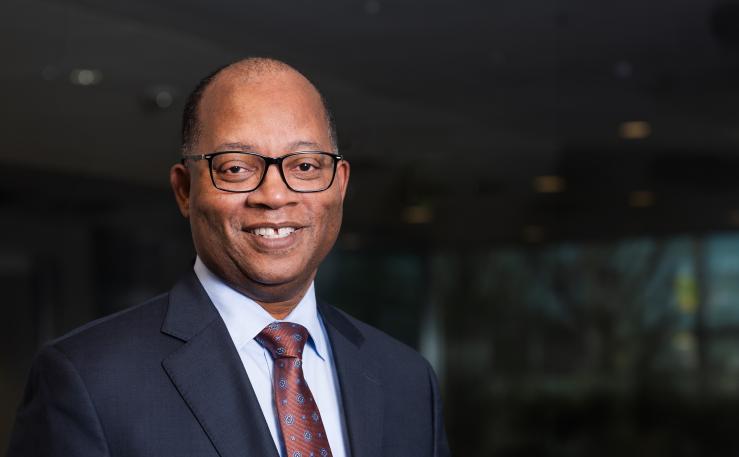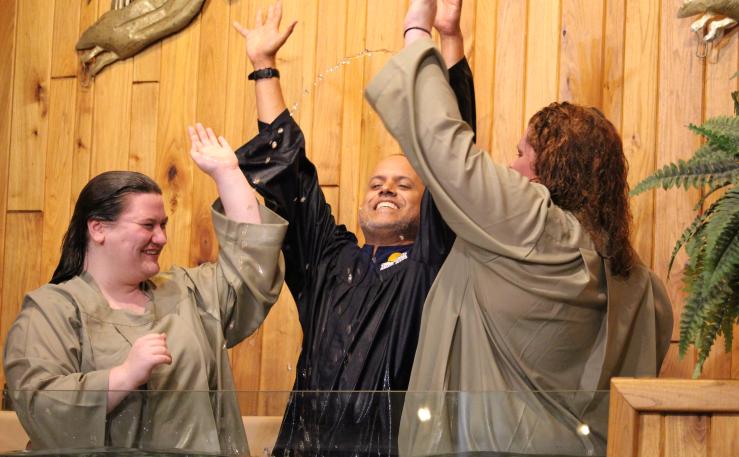We found nine amazing ACS volunteers—including a trio of motorcycle “ministers”—who go the extra mile year-round to help those in need in their mid-Atlantic neighborhoods.
Story by Mark Tyler
Eight women gathered for a prayer group in Battle Creek, Mich., more than 140 years ago with a central idea: the church should provide food and clothing to needy families, minister to the sick and care for the fatherless and widows. Born from that 1874 meeting came the Dorcas Society, an association of female members of the Seventh-day Adventist Church that grew to assist countless people in need throughout North America and beyond.
“Those volunteers did such amazing work that almost anywhere in the world, even today, people remember the selfless women of the Dorcas Society,” explains Minnie McNeil, Adventist Community Services (ACS) coordinator for the Columbia Union Conference and director for the Allegheny East Conference.
Today the work of those service-minded ladies continues through ACS, and has expanded to include men, teens and whole families who volunteer together to extend God’s love to others. The Columbia Union is currently home to 14 official ACS centers run by Adventist members who dedicate their time to spread Jesus’ love in ways the early Dorcas ladies may have only imagined.







 Unbeknownst to her, Columbia Union Conference leaders had hatched a similar idea and were also planning to launch an evangelism school. Eventually, the plans coalesced. “After completing my doctoral program, I thought, ‘Well, that’s the only piece that hasn’t been completed,’” VinCross recalls. Then one day, the union called to discuss a collaboration, and together in 2013 they formed a task force.
Unbeknownst to her, Columbia Union Conference leaders had hatched a similar idea and were also planning to launch an evangelism school. Eventually, the plans coalesced. “After completing my doctoral program, I thought, ‘Well, that’s the only piece that hasn’t been completed,’” VinCross recalls. Then one day, the union called to discuss a collaboration, and together in 2013 they formed a task force.